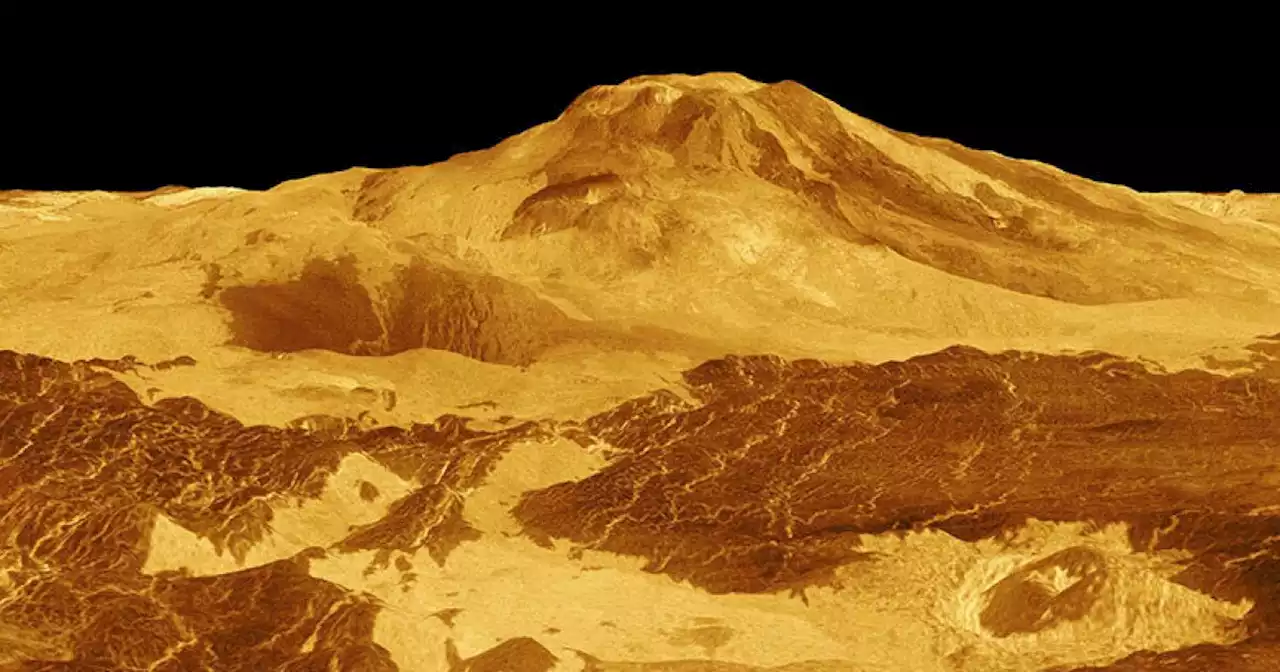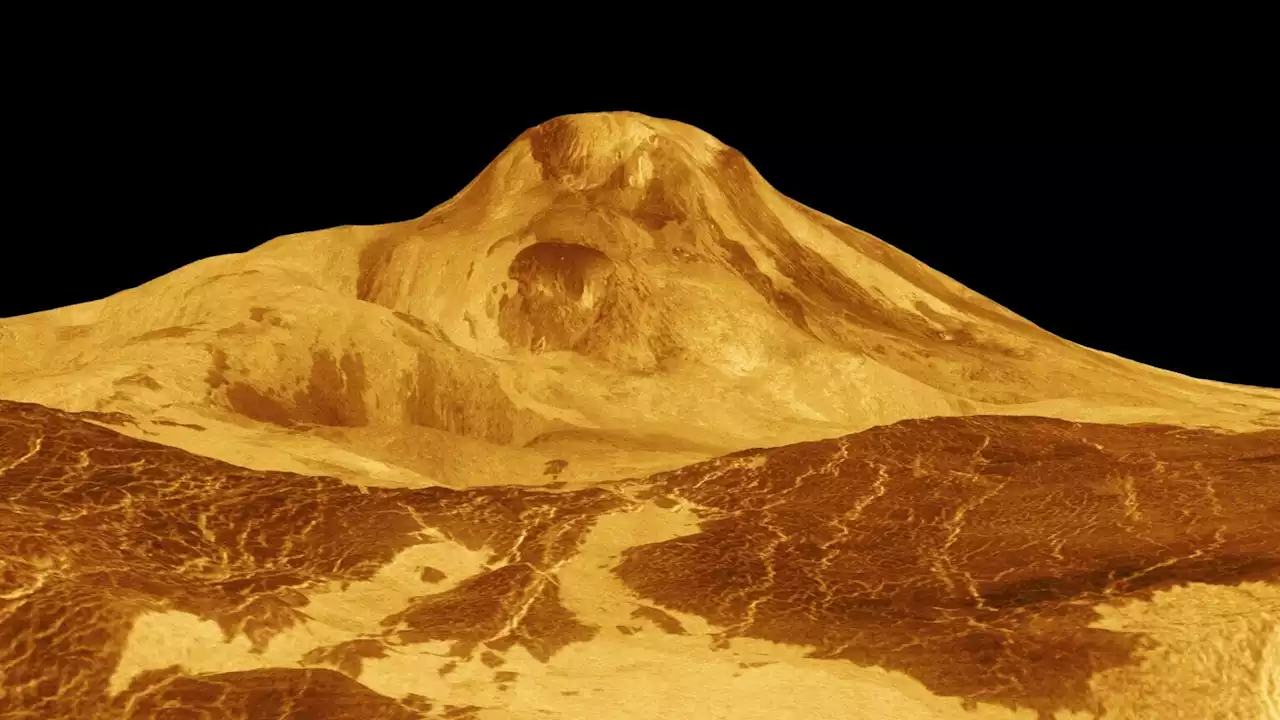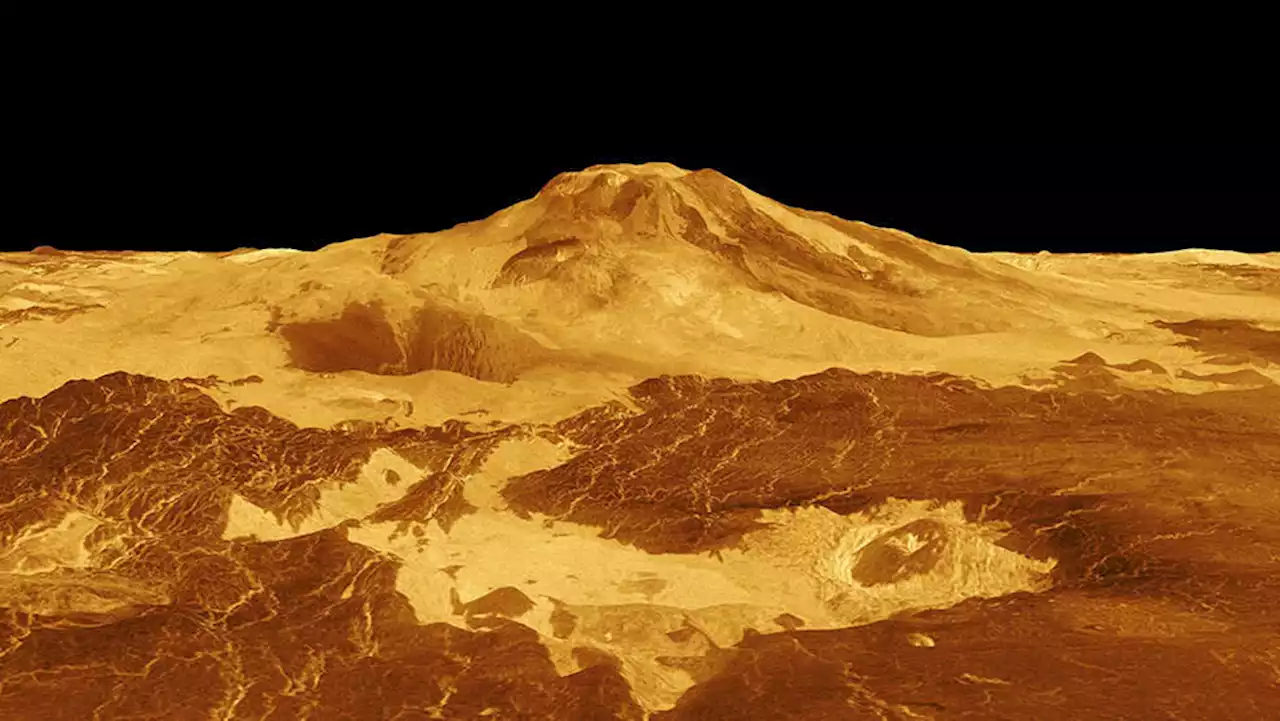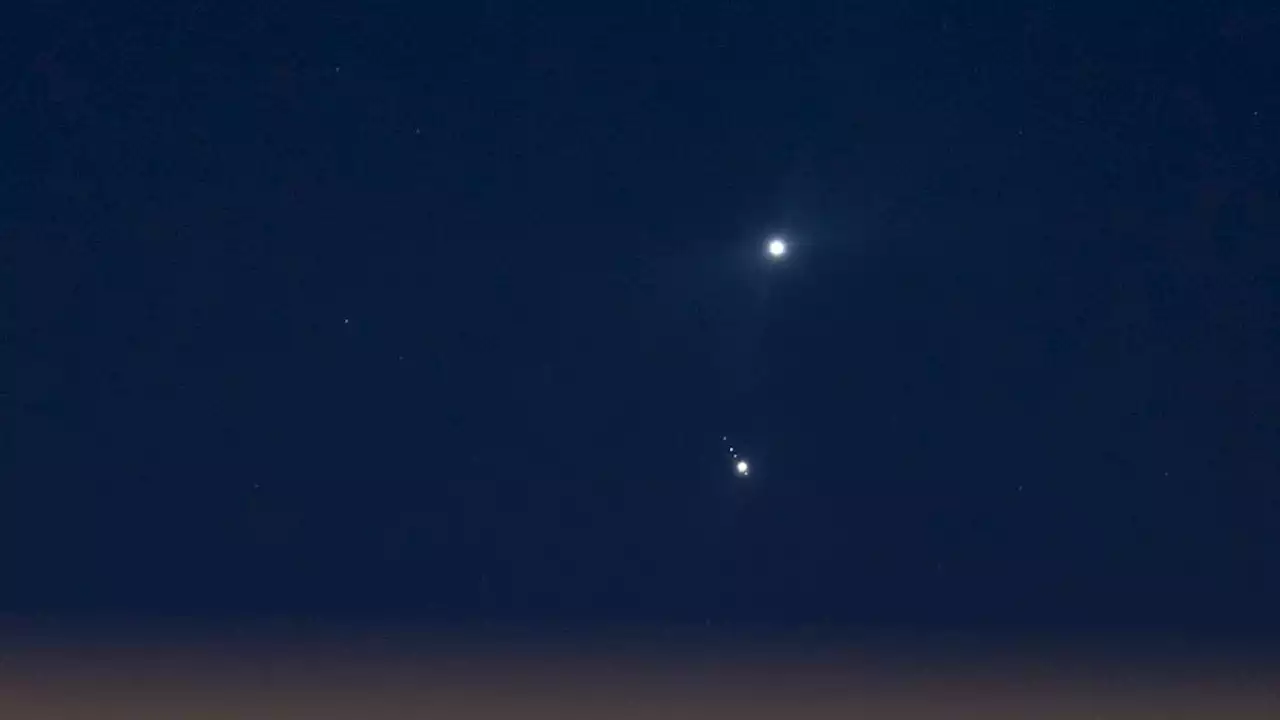The two planets have spent the beginning of March so close in the sky that they appeared to touch, but now Jupiter and Venus move apart.
. Skywatchers will have to wait a while until the two planets are so-close again. Venus and Jupiter will next"kiss" on Feb. 7 2032 when they will come to within 21 arcminutes or around a third of a degree of each other.
A 10-image collage showing Jupiter and Venus moving toward one another. The sky is a different color in each panel of the collage.planets appear close to each other in the sky over Earth. This is an optical illusion created from our point of view on Earth and it doesn't imply they are actually any more proximate to each other in the solar system. , and that means that lunar conjunctions occur roughly once each 29.
United States Latest News, United States Headlines
Similar News:You can also read news stories similar to this one that we have collected from other news sources.
 GBP/USD: Weekly Forecast 19th March - 25th MarchThe GBPUSD delivered an oddly strong bullish trend last week as global financial markets largely became nervous, and traders may want to look at the currency pair with speculative eyes- trading forextrading
GBP/USD: Weekly Forecast 19th March - 25th MarchThe GBPUSD delivered an oddly strong bullish trend last week as global financial markets largely became nervous, and traders may want to look at the currency pair with speculative eyes- trading forextrading
Read more »
 EUR/USD: Weekly Forecast 19th March - 25th MarchThe EURUSD experienced wicked reversals last week which certainly tested the fortitude of traders and more risk events are likely in the coming days- trading forextrading
EUR/USD: Weekly Forecast 19th March - 25th MarchThe EURUSD experienced wicked reversals last week which certainly tested the fortitude of traders and more risk events are likely in the coming days- trading forextrading
Read more »
 Volcanic Activity On Venus Spotted In Radar Images, Scientists SayThe findings, reveal not only that the planet's surface is currently a turbulent place, but offer insights into its geological past and future.
Volcanic Activity On Venus Spotted In Radar Images, Scientists SayThe findings, reveal not only that the planet's surface is currently a turbulent place, but offer insights into its geological past and future.
Read more »
 Venus experienced recent volcanic activity: NASANew evidence suggests that there is geological activity happening on Venus.
Venus experienced recent volcanic activity: NASANew evidence suggests that there is geological activity happening on Venus.
Read more »
 UAF scientist finds evidence of recent volcanic activity on VenusUAF professor Robert Herrick reviewed radar imagery of the surface of Venus collected over eight months in 1991 by NASA’s Magellan spacecraft and found evidence of lava flow at a vent on Venus’s largest volcano, Maat Mons.
UAF scientist finds evidence of recent volcanic activity on VenusUAF professor Robert Herrick reviewed radar imagery of the surface of Venus collected over eight months in 1991 by NASA’s Magellan spacecraft and found evidence of lava flow at a vent on Venus’s largest volcano, Maat Mons.
Read more »
 Scientists discover volcanic activity on Venus'Ozza and Maat Mons are comparable in volume to Earth's largest volcanoes but have lower slopes and thus are more spread out,' University of Alaska Fairbanks Geophysical Institute research professor Robert Herrick said.
Scientists discover volcanic activity on Venus'Ozza and Maat Mons are comparable in volume to Earth's largest volcanoes but have lower slopes and thus are more spread out,' University of Alaska Fairbanks Geophysical Institute research professor Robert Herrick said.
Read more »
